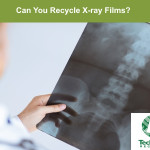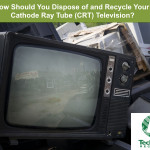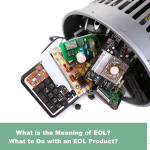The Delicacy and Complexity of Eye Care: Equipment Recycling for the Eye Care Professionals Industry
To fully address problems that may arise with the eye, including simple vision correction or diagnosis of ocular diseases, there are three types of eye care professionals who often work in concert with one another:
- Ophthalmologist
- Optometrist
- Optician
An ophthalmologist is a medical doctor who specializes in eye health and can diagnose and treat diseases of the eye, with surgery if necessary. An optometrist can also examine the eyes and screen for diseases but has limited ability to provide medical treatment. The primary function of an optometrist is to determine the level of refractive error and prescribe contact lenses or glasses to correct the error and improve vision. An optician’s job is to adjust a patient’s glasses so that they fit to the face.
Because the tasks that each of these professionals perform are distinct, they use different types of equipment to accomplish their tasks. TechWaste Recycling understands the importance of disposing of these complicated devices safely and responsibly when they must inevitably be replaced.
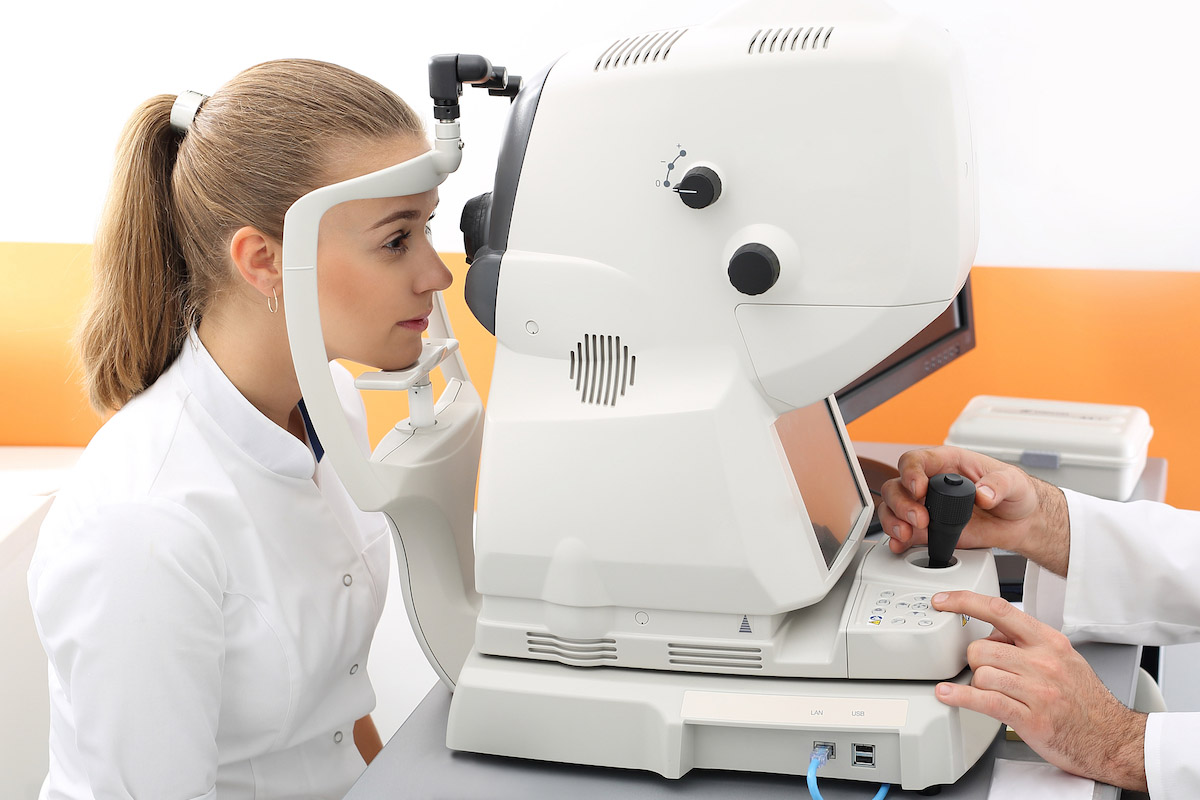
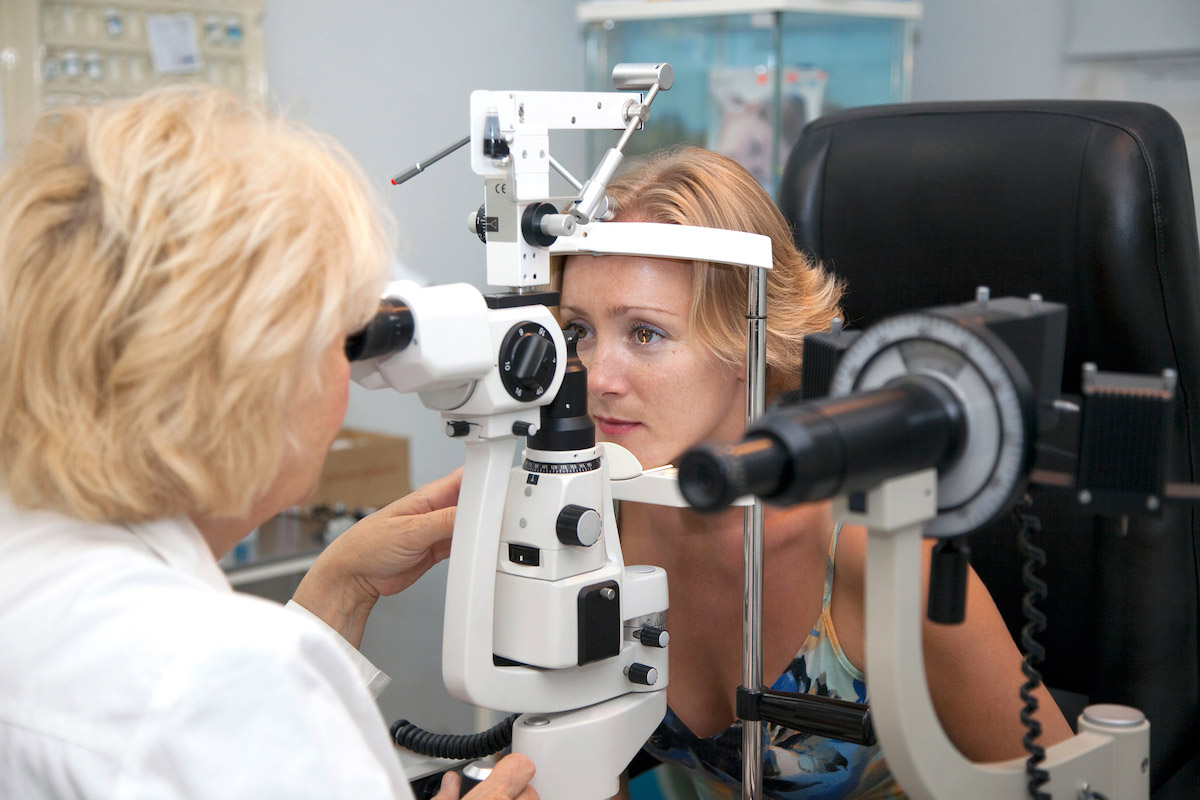
Recycling Ophthalmologists’ Equipment
Ophthalmologists carefully examine the different parts of the eye to look for signs of disease. Different types of equipment are used to examine all parts of the eye.
Front of the Eye
Structures in the front of the eye include the cornea, lens, and pupil. They also includes the iris, i.e., the colored part of the eye, and the sclera, or the visible “white” of the eye. Equipment used to examine these structures include the following:
- Slit Lamp: Shines a thin beam of light onto the eye so that the structures can be seen and examined with the attached microscope.
- Manual Keratometer: Measures the shape of the cornea in terms of steepness or flatness.
- Pachymeter: Measures the cornea’s thickness.
Back of the Eye
The back of the eye is referred to as the retina. The light that enters the eye through the pupil gets focused through the lens, which projects an image onto the retina. The optic nerve also connects at the back of the eye and sends visual information to the brain. Devices used to examine the back of the eye include retinal cameras that allow doctors to take a picture of the area.
Interior of the Eye
The space within the eye is filled with fluids called humors. Glaucoma is a disease that causes the pressure of these humors to increase. It is diagnosed with a tonometer that measures the pressure in the eye.
An eye doctor’s basic tool is an ophthalmoscope. It allows him or her to examine all parts of the eye. A direct ophthalmoscope is a handheld tool, while a binocular indirect ophthalmoscope is worn on the doctor’s head.
Recycling Optometrists’ Equipment
An optometrist’s job is prescribing corrective lenses to counteract refraction errors. This involves a number of tools.
- Visual Acuity Charts: These help to assess how clear one’s vision is. Though sometimes still printed on paper or cardboard, digital eye charts are increasingly popular.
- Autorefractor: This device measures a person’s refractive error and yields a prescription number almost instantaneously.
- Phoropter: This device allows the optometrist to compare different lens strengths to fine tune a patient’s prescription.
Recycling Opticians’ Equipment
Once a prescription has been determined, the lenses crafted, and the glasses put together, it is the job of the optometrist to fit them to the patients’ face. This often requires manual tools, like special screwdrivers and pliers, but some more sophisticated devices can also come into play:
- Distometer: Measures the distance between the cornea and the glasses’ lenses, i.e., vertex distance.
- Lensometer: Measures an existing lens to determine its power.
- Polariscope: Measures internal stresses of the lenses.
- Pupilometer: Measures distance between pupils; not to be confused with the similarly named instrument to gauge reactivity in acute care.
Time To Simplify
Your practice may be complex, but equipment disposal doesn’t have to be. TechWaste Recycling provides safe, secure, and environmentally sound destruction of eye professions equipment, documents, data, and X-ray films. We will even pick up materials at your location for free. To find out how we can best serve you, contact us today.


